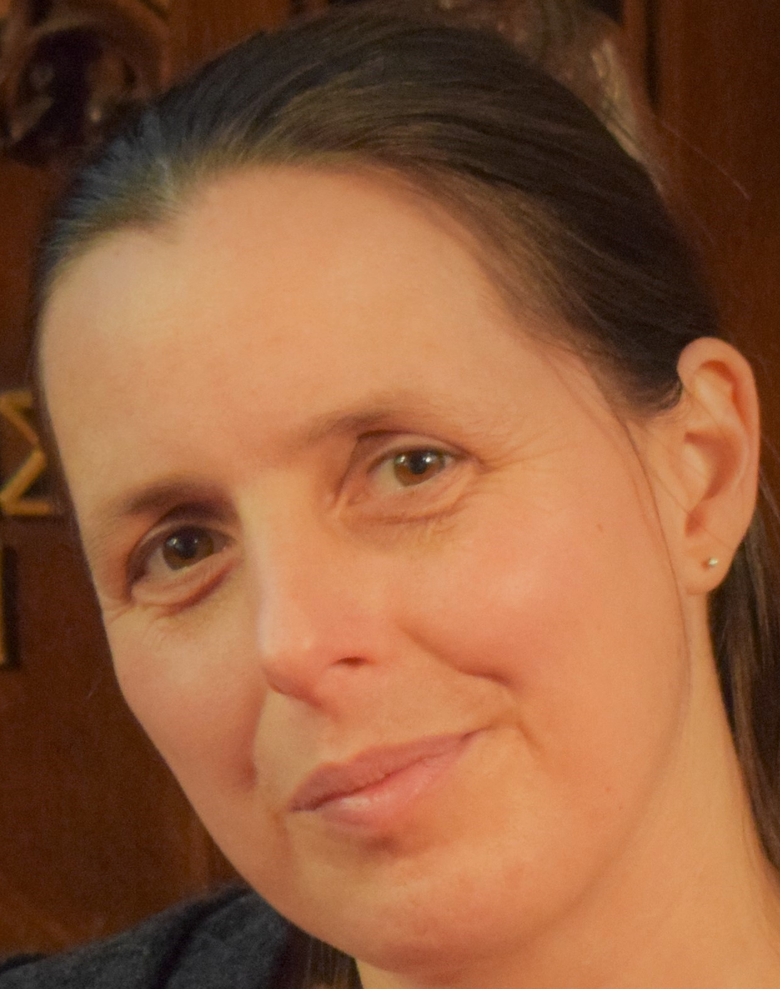Dr Frauke Jürgensen, School of Language, Literature, Music, and Visual Culture

- Context
-
Renaissance counterpoint has been at the core of composition teaching in Western music for over 500 years, imparting skills that are important for composing, analysing, and understanding a wide range of music. Pressures on the curriculum mean that a course that ideally takes several years is compressed into 20 sessions. Counterpoint was originally taught through vocal improvisation, but as musical styles changed, modern teaching methods were developed, which rely on the memorisation of many rules. This is stressful for students, and ultimately less effective. Recent research in the reconstruction of historical improvisation inspired me to develop a blended approach.
- Activity
-
I attended a workshop at the Lunenburg Academy of Music Performance, which allowed me to be immersed in newly- reconstructed historical improvisation techniques, led by Catherine Motuz (Schola Cantorum Basiliensis). Due to the time-pressure problem, she found it difficult to implement these methods wholesale in her teaching. Thus, I tried a different, blended approach in my level 4/5 course. I spent ca. 15 minutes of each session teaching my students one simple set of improvisation techniques designed to implant the fundamental principles of consonance and dissonance in procedural memory, through the act of singing. In addition, the students learned simplified rules.
- Evaluation
-
The students engaged enthusiastically with the singing exercise in classes, because it was easy and no-one had to sing alone. I saw the results in composition tutorials and final submissions: in previous years, most students made many basic mistakes which suggested that they hadn't completely internalised the fundamental principles. This year, they made very few of these mistakes, and we were able to move much more quickly to talking about advanced questions of style and structure. The final marks for the course were significantly higher than ever before, and several students explicitly praised the vocal improvisation exercises in their SCEF.
- Impact
-
The blended approach having proven successful through high grades and positive student responses, I am adapting what I have learned in several courses and co-curricular activities in other areas of music theory and practice. For example, similar simple exercises could help with fundamental problems in Classical harmony, where we are hampered by a similar lack of contact time. We have previously tried to implement exercises developed at McGill University, but they weren't effective in our context: thanks to the success of the Renaissance exercises, I now understand why the Classical exercises failed, and how I can develop successful ones.
- Dissemination
-
So far, I have reported my successful implementation of this blended approach back to the leader of the improvisation workshop. We have both discussed this informally with colleagues who teach Renaissance counterpoint at other institutions, since many of them face similar problems. In a journal paper (2017), my co-authors and I piloted a method to assess the impact of a particular training paradigm on student preferences related to consonance and dissonance. I plan to adapt this method to make a formal study of my blended approach, which I hope to present at a music pedagogy conference.
